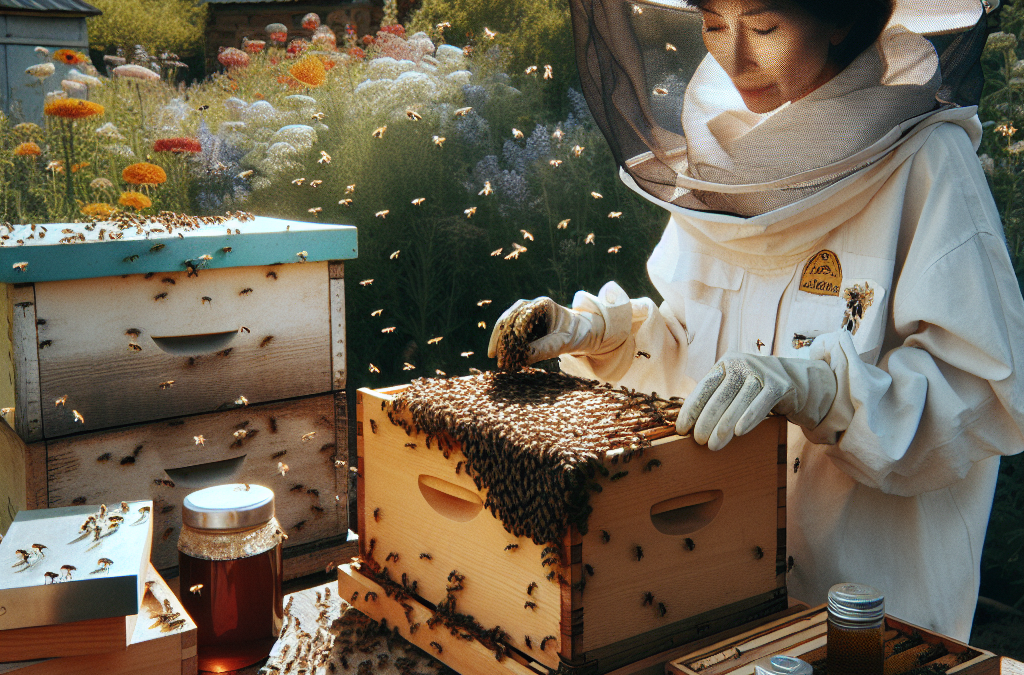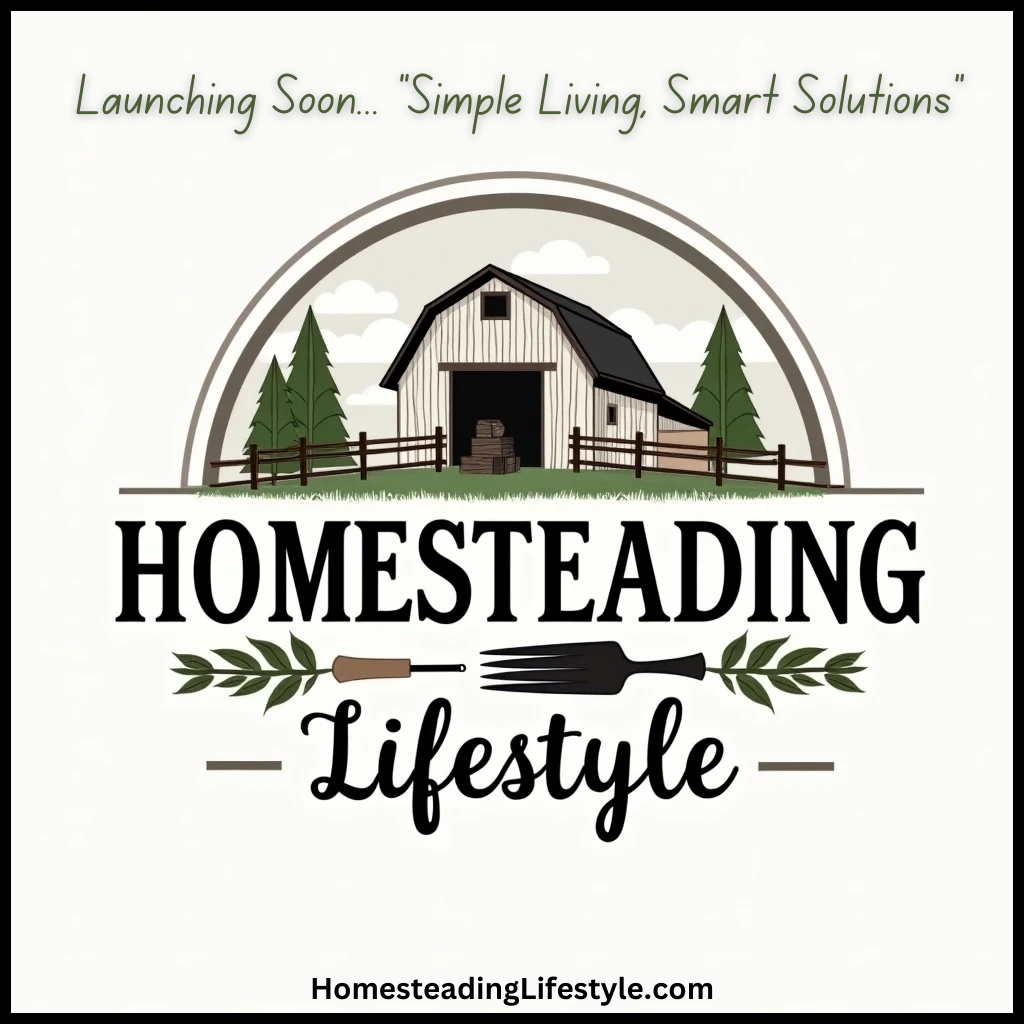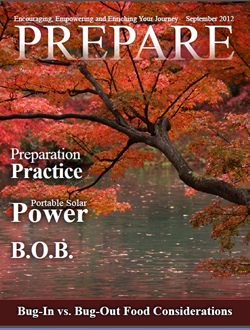1. Understanding Beekeeping Basics
What Is Beekeeping?
Beekeeping, or apiculture, is the practice of maintaining bee colonies, typically in man-made hives. For me, it started as a curiosity about these fascinating creatures and evolved into something way deeper. Bees are not just honey-makers; they’re essential pollinators and play a massive role in our ecosystem. Without them, many of our favorite fruits and veggies would just… vanish.
When I first started beekeeping, I learned that there’s so much more to it than just getting honey. There’s a symbiotic relationship between bees and plants that is crucial for biodiversity. Each hive is like its own little society with designated roles – workers, drones, and the queen. Understanding this basic structure is the first step in becoming a successful beekeeper.
So, set aside any misconceptions you might have about bees being just pests or nuisances. Instead, embrace the idea that they are integral players in the story of our food supply and environmental health.
The Benefits of Beekeeping
Alright, let’s talk about why you should even consider starting a hive. One of the biggest perks, of course, is honey. Fresh, organic honey is not only delicious but also has health benefits that store-bought stuff just can’t match. Nothing beats that sweet satisfaction of enjoying honey from your own bees.
Beyond the honey, beekeeping helps pollinate local plants, including your garden. Your fruits and flowers will thrive when you have bees buzzing around. Plus, they give you a front-row seat to a remarkable natural process. There’s something immensely fulfilling about taking care of these little critters and watching them work their magic.
Lastly, let’s not forget the community aspect. As I got into beekeeping, I discovered a whole network of local beekeepers. Sharing tips, honey, and even helping each other out with hive management truly creates a sense of belonging.
Getting Started: Basic Tools and Equipment
Before you dive in, you gotta make sure you have the right gear. Starting with the basics, a hive is obviously essential, but you’ll also need protective clothing to keep those bees from getting too friendly! A bee suit, veil, and gloves are must-haves. Trust me, getting stung isn’t fun, but when you’re properly equipped, it’s manageable.
Then there are your tools: a hive tool for prying apart frames, a smoker to calm the bees, and maybe even a bee brush to gently move them aside when you need to inspect the hive. It’s amazing how much easier this all becomes with the right equipment.
And don’t forget to consider where you’re putting your hive. Look for a location that gets plenty of sunlight but also has some shade to keep the bees cool during hot summer days. Space, accessibility, and safety from pests or flooding are key factors in setting up a successful beekeeping operation!
2. Choosing the Right Bees
Different Types of Bees
When I began my beekeeping journey, I quickly realized that not just any bees would do. There are several species and hybrids, each with its own characteristics. After doing some research, I decided on the Italian bees for my first hive. They’re known for being gentle and productive, which is perfect for a newbie like me.
There are also Russian bees and Carniolan bees among others. Each type has its benefits and quirks. It’s essential to do your homework and pick the bees that fit your environment and your comfort level with handling them.
Sometimes, it’s not just about the species but also about the way you acquire them. You can buy a package of bees, a nucleus hive, or even catch a wild swarm if you feel adventurous. I recommend starting with a package from a reputable supplier to keep things smooth in the beginning.
Ordering Bees and Timing
I learned the hard way that timing is everything. Most beekeepers order their bees in the early spring, but it’s crucial to be aware of your local climate. For me, I had to wait till the last frost had passed to ensure my little friends would thrive. Bees need to forage and establish their new home as the flowers bloom, so getting them at the right time can make all the difference.
When you place your order, make sure you’re clear about pick-up options. Some suppliers only ship on specific dates, or you may need to pick them up in person. I remember how excited I was to finally hold my package of bees – it was like Christmas morning!
Lastly, don’t forget to prepare your new hive ahead of time. You want it all set up and ready to go before those bees arrive so that they can move in comfortably.
Locating Your Bees’ New Home
Finding the perfect spot for your hive is crucial. I spent days looking for the ideal location. Ideally, you want a site that’s sheltered from winds but also sunny. A south-facing area is great for catching that morning sun, which can help the bees get active early in the day.
Also, consider the proximity to water sources. Bees need hydration, so placing your hive close to a stream or providing a shallow dish with rocks for them to land on can keep your bees happy and thriving.
Lastly, think about the impact on your neighbors. If you have close proximity to others, a little communication can go a long way. Letting them know what you’re doing and assuring them that bees are generally non-aggressive can help ease any concerns.
3. Establishing Your Hive
Setting Up the Hive
When it was finally go-time, I remember feeling a mix of excitement and nerves. Setting up the hive correctly is essential for your bees’ health. I started with assembling the hive and ensuring everything was tight and secured, reducing the chance of pests getting in.
Placement matters too; the entrance facing the morning sun keeps the bees warmer and more active throughout the day. Speaking of entrances, consider adding an entrance reducer if you live in an area where pests are common – this helps your bees defend their home.
Don’t forget to leave enough space for expansion! As the colony grows, so will their need for more space. Keeping things expandable allows you to adapt your hive setup without too much hassle.
Introducing the Bees to Their New Home
This part was exhilarating! I placed my package of bees into the hive and watched as they buzzed around their new home, figuring out where to settle. It feels odd to think that they’re a little disoriented at first, but giving them time helps them acclimate.
It’s crucial to keep an eye on them during those first few days. I checked daily to make sure they were flying out and returning, bringing back pollen as signs that they were settling into their new environment.
Later on, I learned that the first few days are when bees are establishing their roles and working together to keep their new home running smoothly, so patience here is key!
Regular Hive Inspections
Once your hive is buzzing, the work isn’t done. Regular inspections are critical for monitoring their health and progress. I initially felt a bit daunted, but soon it just became part of my routine. Typically, I’d check every couple of weeks, looking for signs of disease, the queen’s presence, and how much honey they were making.
I learned to look for capped brood and plenty of bees – these are great signs your hive is thriving. If I noticed a decline or any alarming changes, it was time to jump into action. It’s all about being proactive.
Hive inspections can also be a bonding moment. I loved inviting friends over to share the experience! Nothing beats opening up a hive and letting them see the magic of bees up close – it sure converts a few skeptics too!
4. Managing the Hive for Optimal Health
Pest Management Techniques
One of the surprises I ran into early on was dealing with pests. Varroa mites were my biggest challenge, and it took some learning and experimenting to find effective management techniques. I discovered monitoring traps and natural treatments, which helped keep those pesky mites in check without harming my bees.
Regular inspections helped me catch any signs of infestations before things got out of control. If I noticed any drastic changes in behavior or health, I’d be ready to take action fast. Reading up on local beekeeping forums and sharing experiences with fellow beekeepers helped me loads.
Staying aware of not just pests but also diseases that can plague bees means you must stay vigilant. Early detection was a game changer for me as it saved hives and provided peace of mind.
Feeding and Nutritional Needs
While bees are fantastic foragers, they still need support. I had to learn how to provide supplemental feedings, especially in spring before flowering plants were plentiful. Sugar water became my go-to for giving them a boost, and I’d use specially designed feeders to minimize drowning risks.
As they navigated different seasons, I wanted to ensure their nutrition was spot-on. Protein-rich pollen patties can help in the short term when natural forage is scarce. I quickly discovered that keeping my bees nourished helps them stay productive and healthy.
Watching my bees flourish after providing support proved extremely rewarding; it reinforced the necessity of checking in on their well-being regularly.
Reducing Stress on the Hive
Managing stress was another key lesson for me. Since bees can get a bit moody at times, especially during hive inspections, I paid attention to how and when I performed these checks. Being calm and gentle helped me keep the bees relaxed during inspections.
I also learned to minimize disruptions. It’s best to inspect when the weather is nice and the bees are foraging – they seem to appreciate that, and so did I! Being mindful about timing and approach helped create a much smoother experience for both me and my buzzing buddies.
This aspect really highlighted the importance of building trust. My bees became more accustomed to my presence, and over time, they’d react less to my movements. Building this bond made the whole experience way more enjoyable and productive.
5. Harvesting Honey Responsibly
Timing Your First Harvest
As you can guess, the moment I started seeing honeycomb, I was practically buzzing with excitement! Timing your first harvest is crucial. I found that after the main flow of nectar is done in late summer is generally the best time. This way, you’re ensuring there’s enough honey left for the bees through winter.
I had to watch for capped honey – this indicates the bees have stored it well for long-term use. Harvesting too early means risking the health of your colony, so patience is very much a virtue here!
Every beekeeper should know when to back off and let the bees do their thing. Trust me, it’s hard because you just want to relish the fruits of your labor, but the wait is worth it.
How to Safely Extract Honey
When I finally got to that sweet, golden honey extraction process, it felt surreal. I invested in a honey extractor, which worked like a charm, spinning the honey out of the frames. My advice? It’s messy but oh-so-satisfying! Just be sure you have a plan in place to catch and filter the honey properly.
I learned that taking your time while extracting is key. Rushing could lead to beeswax or other goodies mixing into your honey, and nobody wants that. I also made sure to keep my tools clean, as bees are super sensitive to scents and residues.
Post-harvest, I took pride in bottling and labeling my honey to share with family and friends. That first jar of my own bees’ honey was a badge of honor, reflecting all the love and effort I poured into my hive.
Storing Honey and Ensuring Quality
Once harvested, storing honey properly ensures its longevity. I learned that glass jars work best, keeping it cool and dark prevents any crystallization from happening too quickly. Honey stored in the right conditions can last practically forever. It’s like liquid gold, and you definitely want to keep it pristine!
Remember that honey is hygroscopic, so moisture can lead to fermentation. I always kept an eye on humidity levels and preferred storing my honey in a dry place.
Finally, celebrate your honey! Sharing jars with friends and family is one of the best parts of beekeeping. Watching others enjoy the fruits of your labor brings a whole new level of joy to this sweet adventure.
FAQs
1. What do I need to start beekeeping?
To start, you’ll need a bee suit, gloves, a hive, a smoker, and tools like a hive tool and a bee brush. Getting the right equipment is crucial for a safe and enjoyable experience!
2. How do I choose the right type of bees?
Research the different types available, like Italian, Russian, or Carniolan bees. Each has distinct traits, so choose one that aligns with your beekeeping goals and environment.
3. How often should I inspect my hive?
I recommend checking your hive approximately every couple of weeks during the growing season. This helps you monitor the health and productivity of your bees while minimizing stress on them.
4. When is the best time to harvest honey?
Late summer, after the main nectar flow, is typically the best time to harvest honey. Make sure to wait until the honey is capped to ensure it’s ready for extraction.
5. Can I use my honey for cooking and baking?
Absolutely! Your home-harvested honey is perfect for cooking and baking. It not only adds sweetness but also imparts a unique flavor that really elevates your dishes.
Related Content
- Homemade Remedies and Natural Cures from the Kitchen Cabinet
- Tips for Managing a Small Homestead
- What We Learned After Starting a Year-Round Vegetable Garden
- From Seed to Harvest: The Complete Guide to Growing Vegetables in Your Own Backyard
- Home Gardening 101: Everything You Need to Know About Growing Your Own Vegetables





